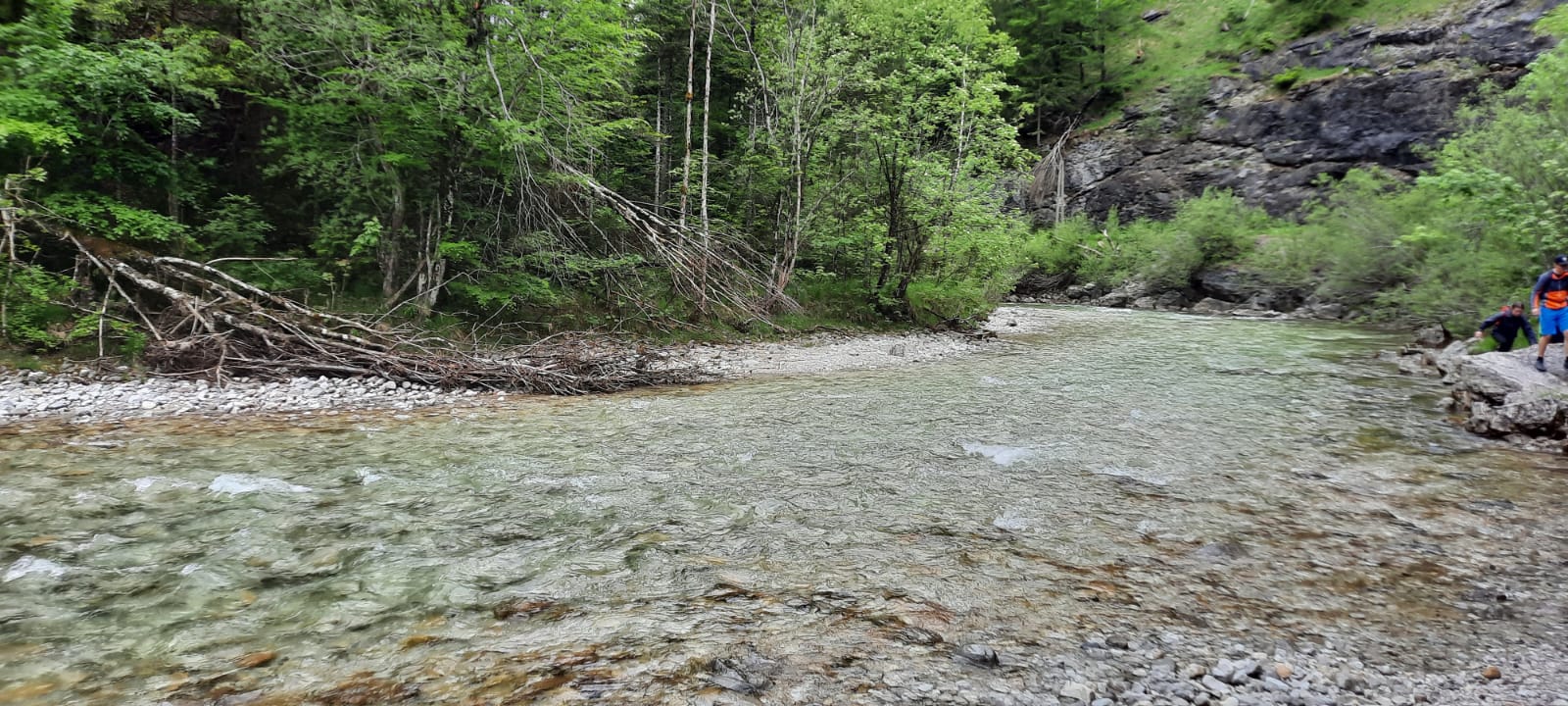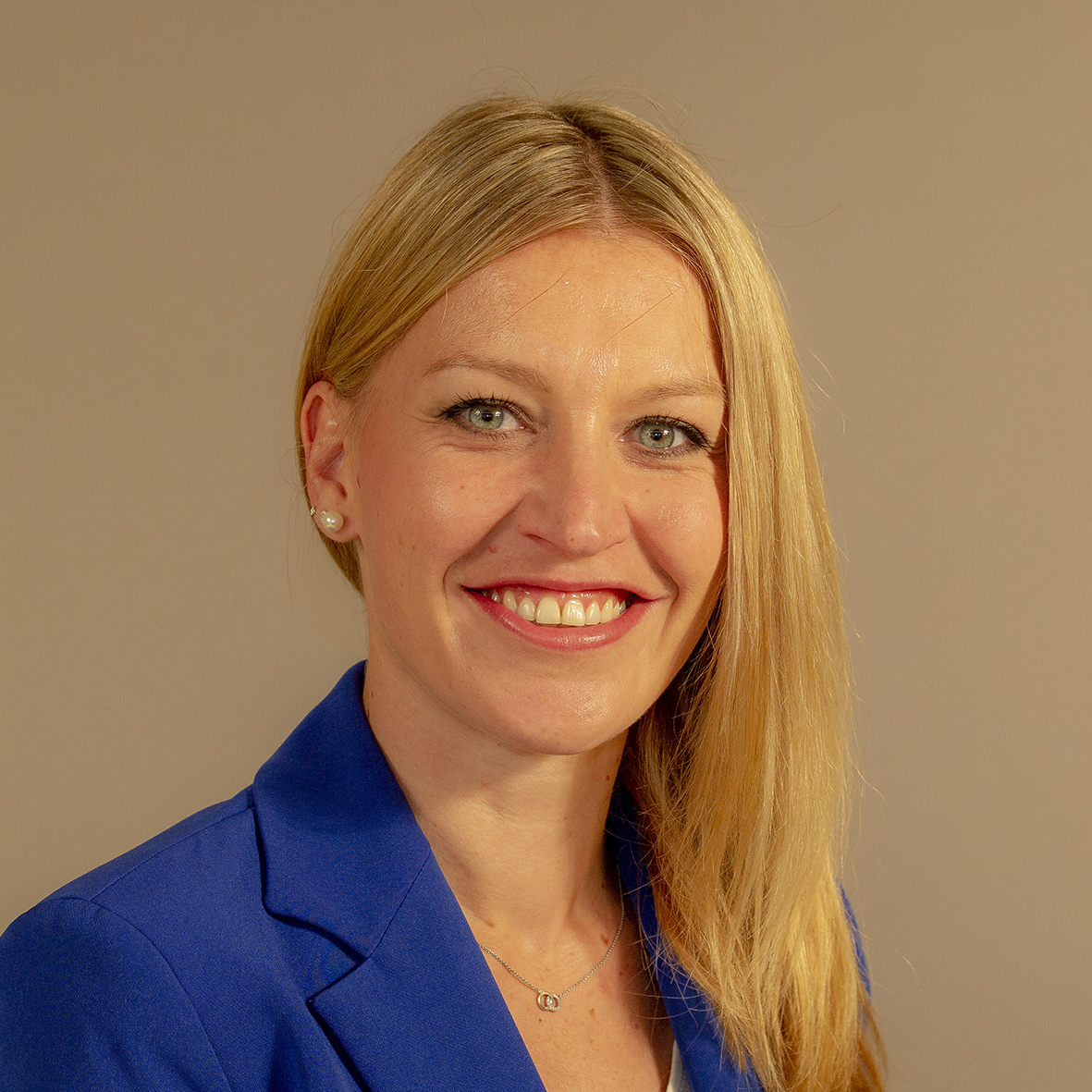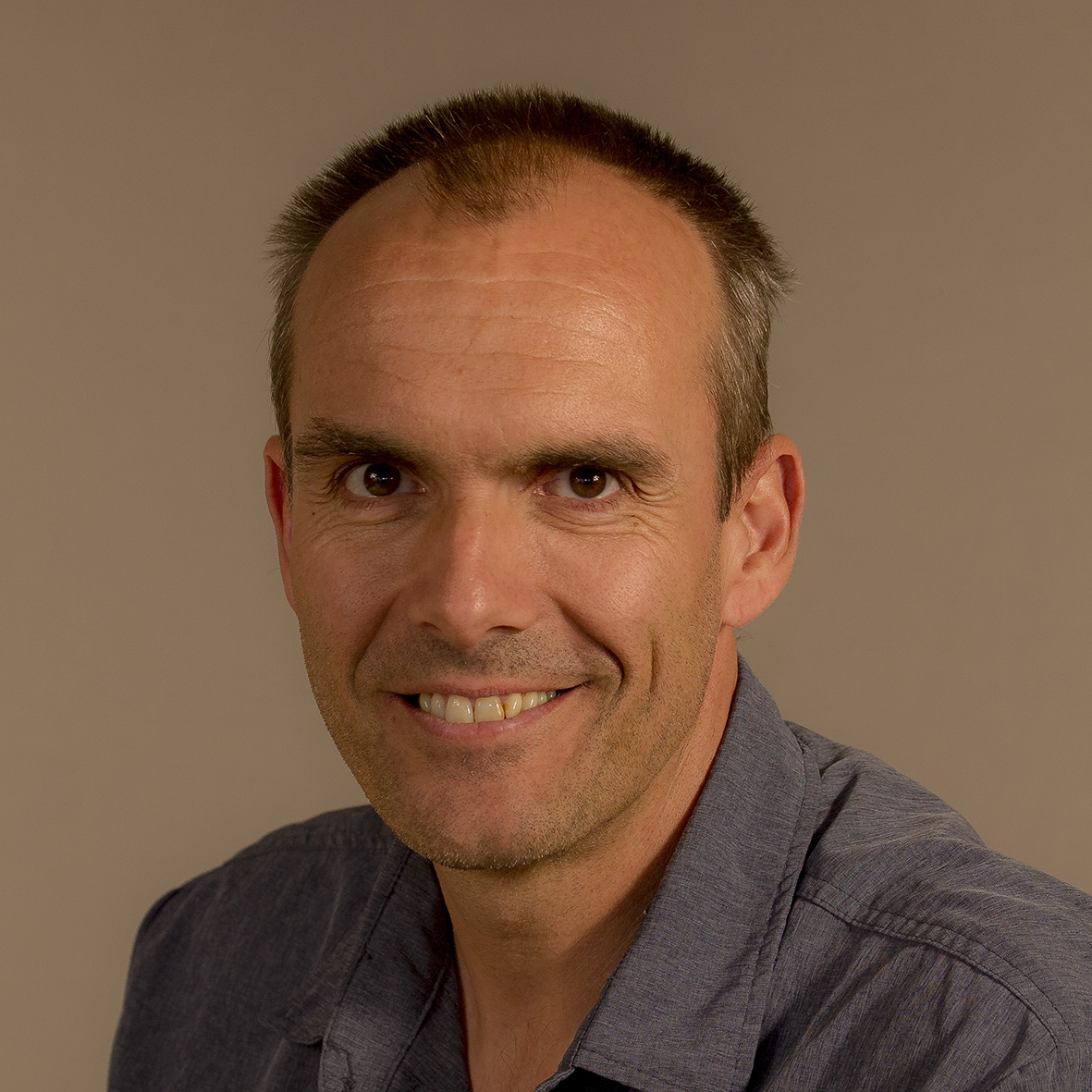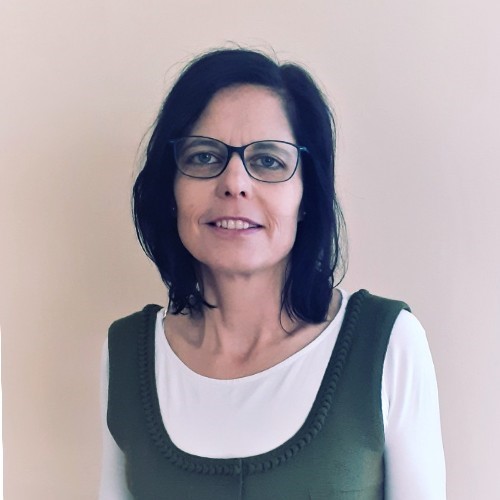The aim of this excursion was to further sensitize our environmental awareness, to raise awareness of ecological processes and to make it clear that the preservation of nature with all its diversity is considered essential as the basis of existence for all living beings, especially for us humans.
1 day:
On May 23, 2022 at 7:15 a.m., everyone involved in the excursion met in the 4U class to check attendance with Ms. Sonnleitner. In addition to Ms. Sonnleitner, we were also accompanied by Mr. Michor, who planned and supported the excursion as part of the water management lesson. Departure was as planned at 7:30 before school and after a 2.5 hour bus ride we arrived in Lunz am See at the country hotel “Zellerhof”. After checking in and moving into our rooms, we were given a moment to buy something to eat at the nearby university market. After the private errands, the class and the teachers went to the “House of the Wilderness”, which was located directly in town.
After the staff there, with whom we would be working for the remaining days, introduced themselves, the practical work began immediately in the seminar room. At the beginning we were given a tour of the “ House of the Wilderness ”. A miniature model of the Dürrenstein-Lassingtal wilderness area and its unique primeval forest gave us an idea of the boundaries, the size and the climatic and geographical influencing factors. Through the tour, the students also learned how much humans intentionally or unintentionally intervene in nature and thus influence the interaction between ecology and biology and its entire biodiversity.
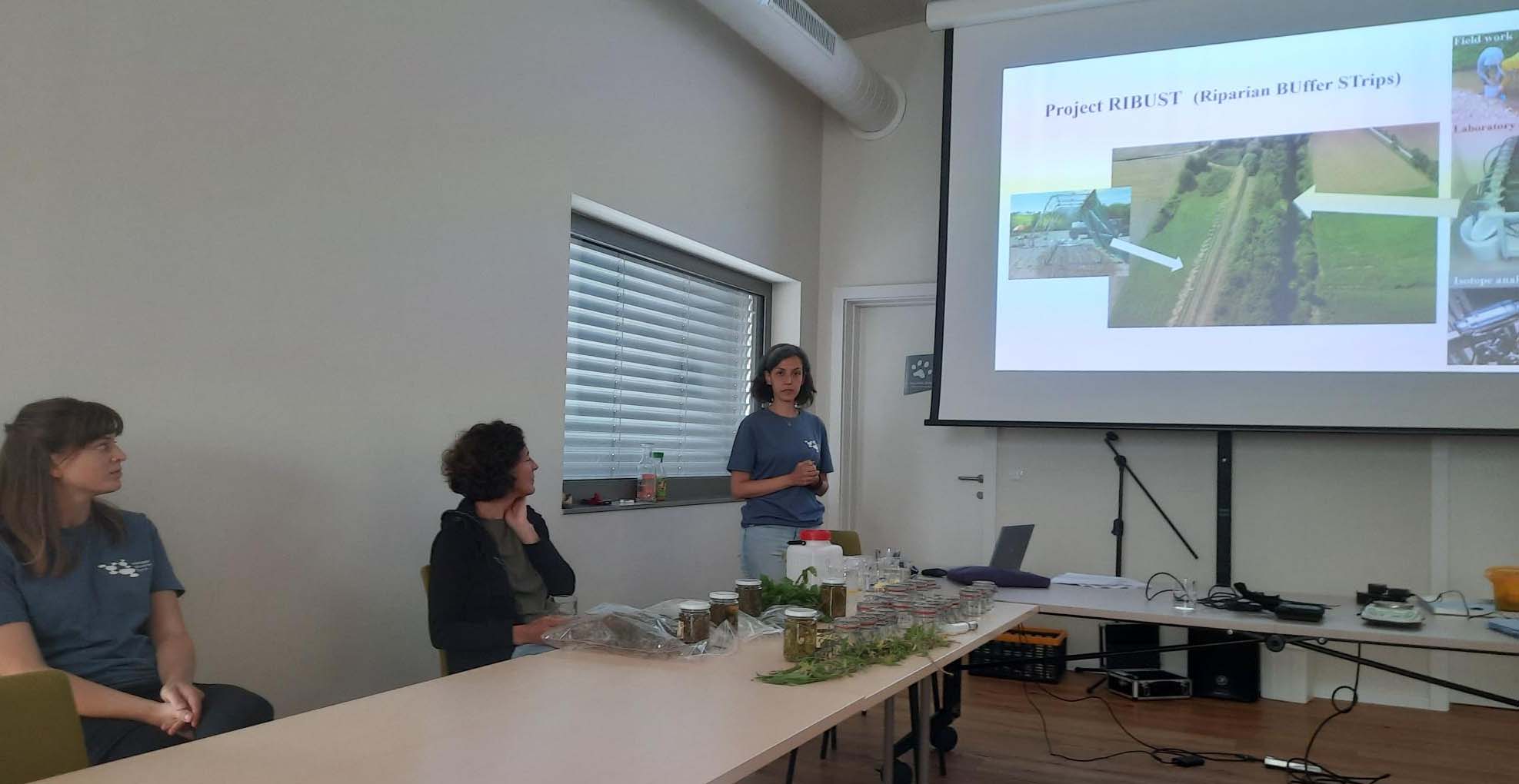
Our work then consisted of dividing into four groups and adding organic substrate to one body of water in each group. For this purpose, the samples were enriched with various sediments from, for example, river, channel or lake banks. The aim of the experiment was to measure the oxygen requirement or consumption at certain time intervals, which arises when the organic substrate is broken down by the microorganisms present in the sediment. Here the students got an insight into how quickly a body of water can be affected by the supply of organic substances materials and the resulting lack of oxygen.
2nd day:
The students spent most of the second day conducting further research on their water samples, which yielded interesting results regarding oxygen levels. We were also able to examine a BOKU experiment on the topic of “Effects of hydroelectric power plants on flora and fauna”. Before that, we went to the nearby river bath, which we measured and assessed its value.
3rd day:
On the third day of our excursion we visited the Dürrenstein-Lassingtal wilderness area, which is home to one of the largest primeval forests in Central Europe, the so-called Rotwald in Eisenwurzen, Lower Austria, in the southern part of the Scheibbs district. During our tour through part of the 7,000 hectare wilderness area, we gained insights into the sensitive ecosystem and its flora and fauna, with a focus on aquatic ecology. We were also introduced to the vision and mission behind the idea of the wilderness area, as well as the historical story.
We visited various rivers and streams, as well as springs, starting from the middle reaches to the upper reaches. We examined special features such as a relocation site and man-made interventions in the riverbed that were carried out before this area was declared a wilderness area.
A big thank you to Ms. DI Mayer Renate for the idea and organization!






